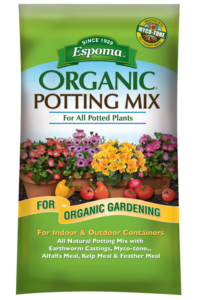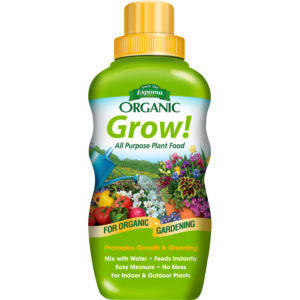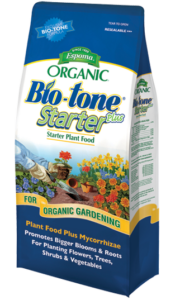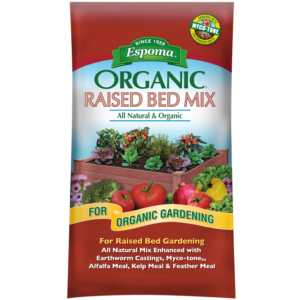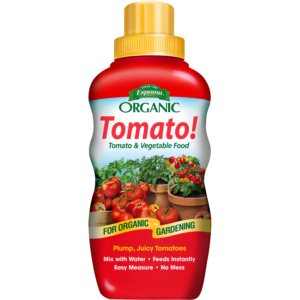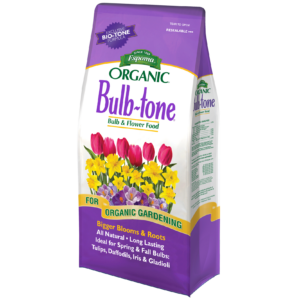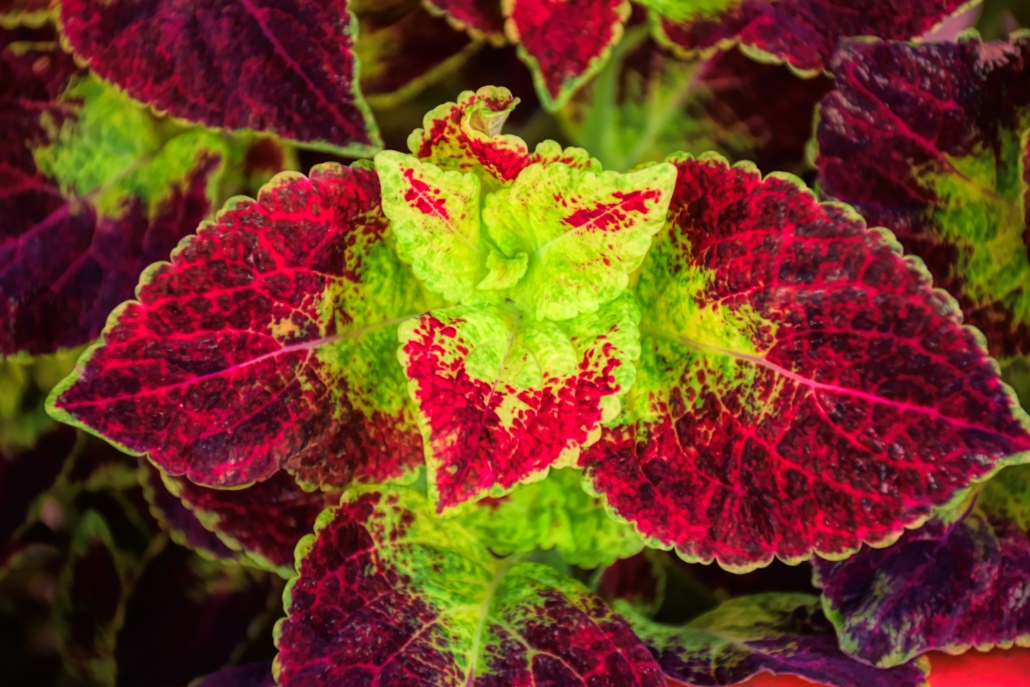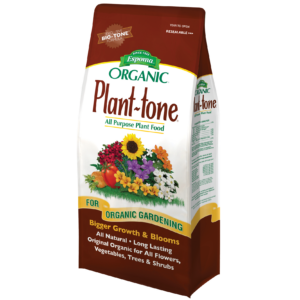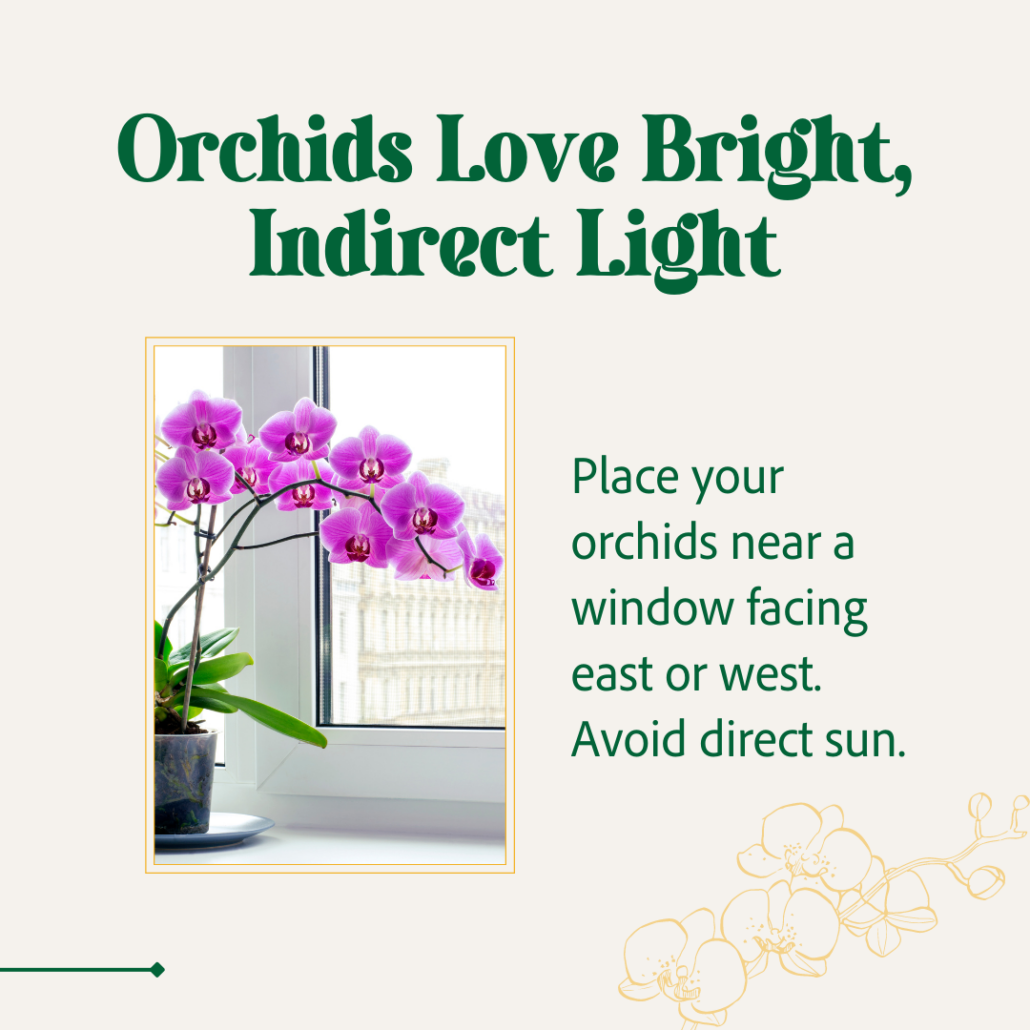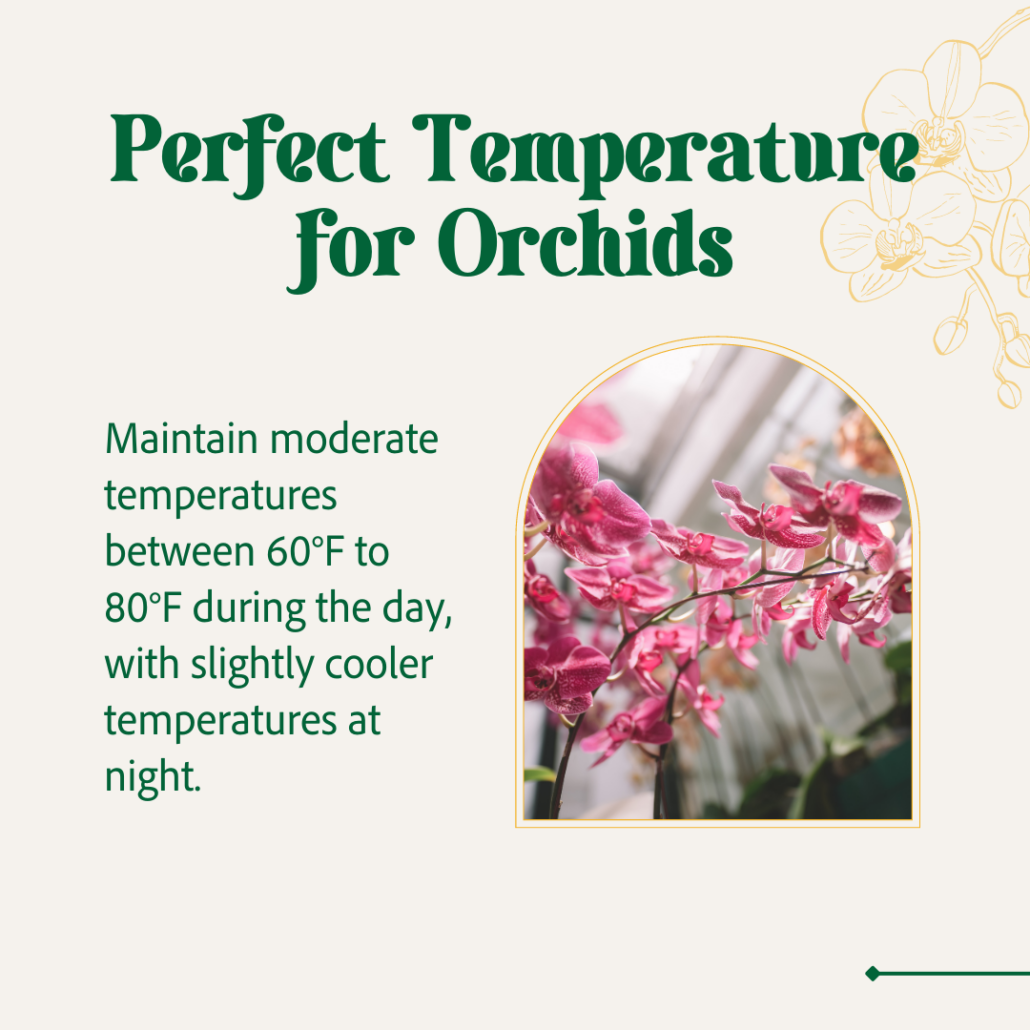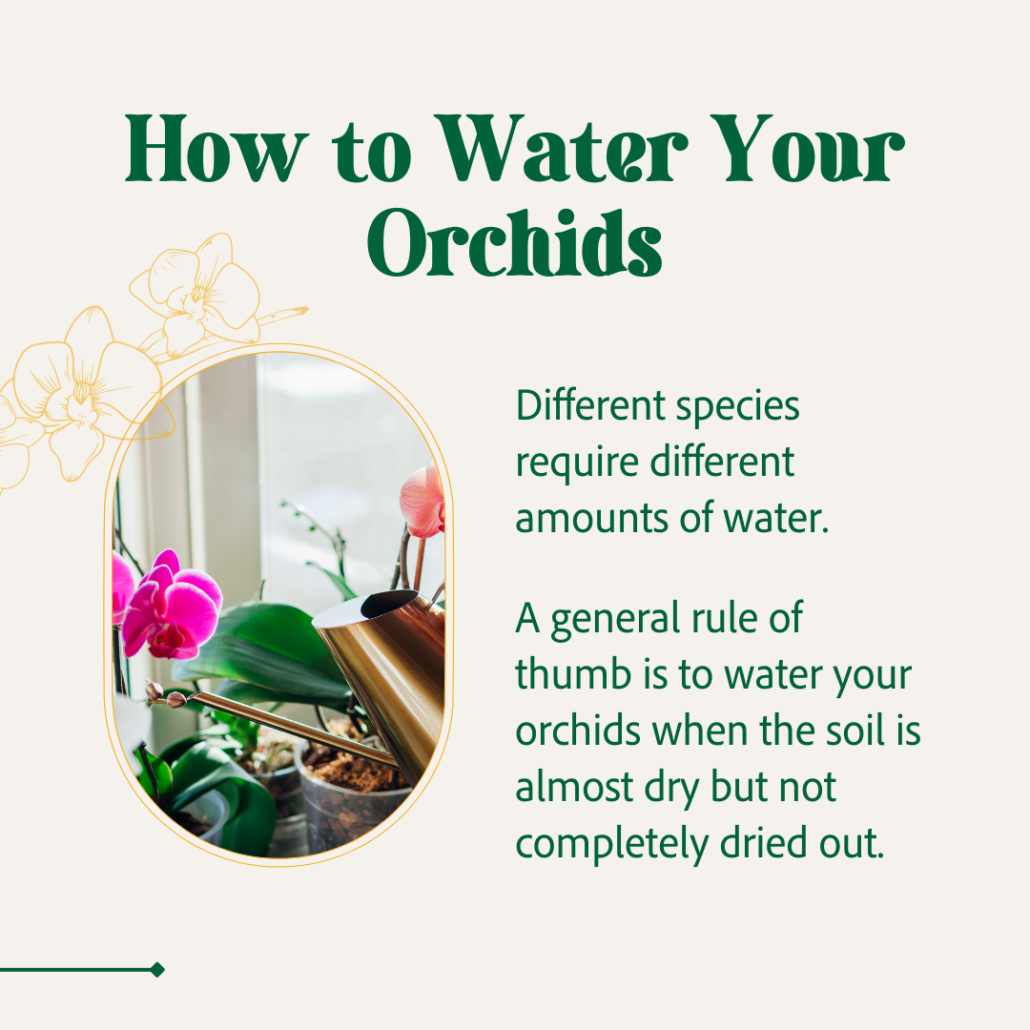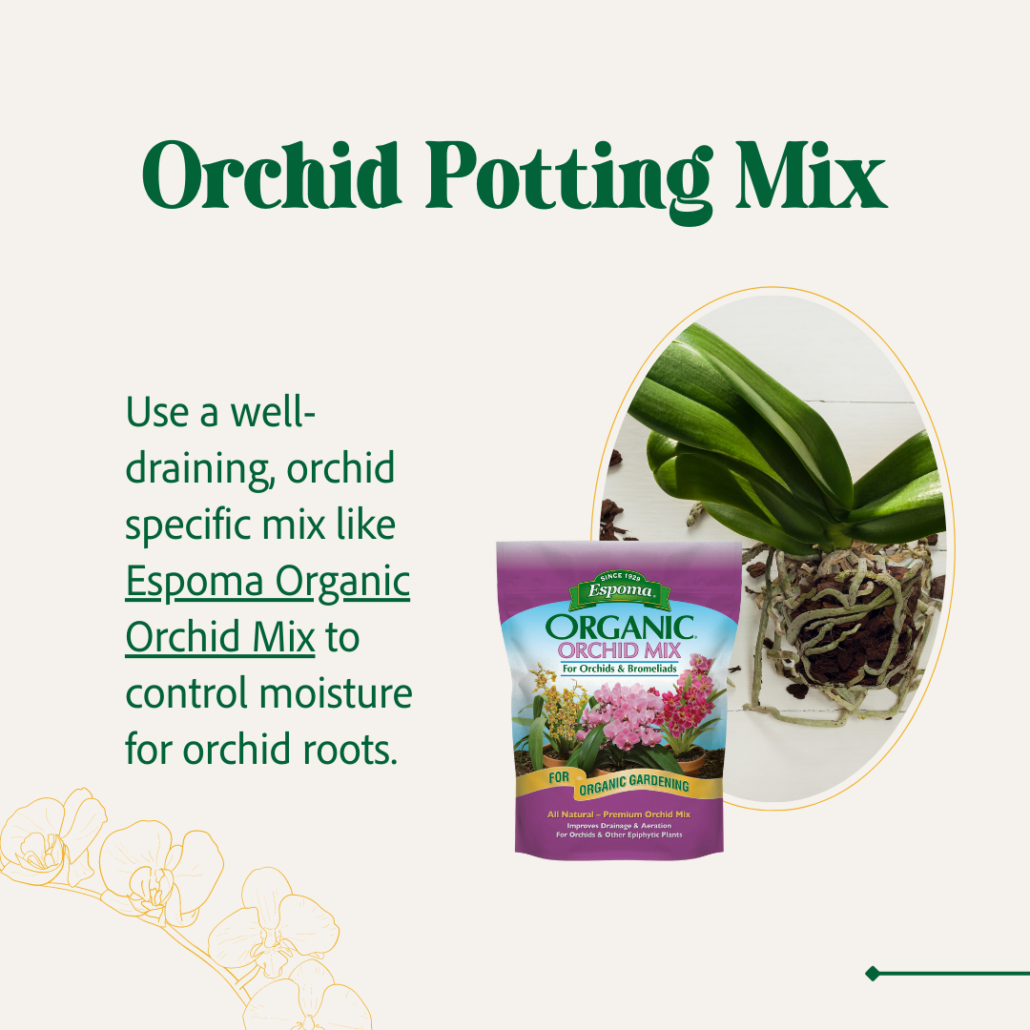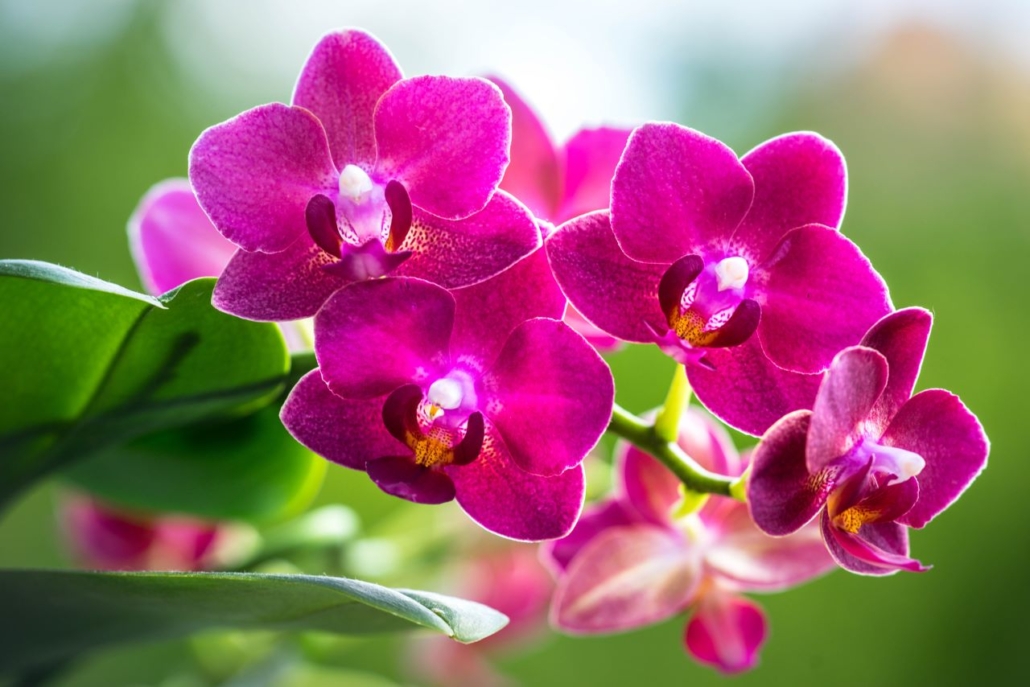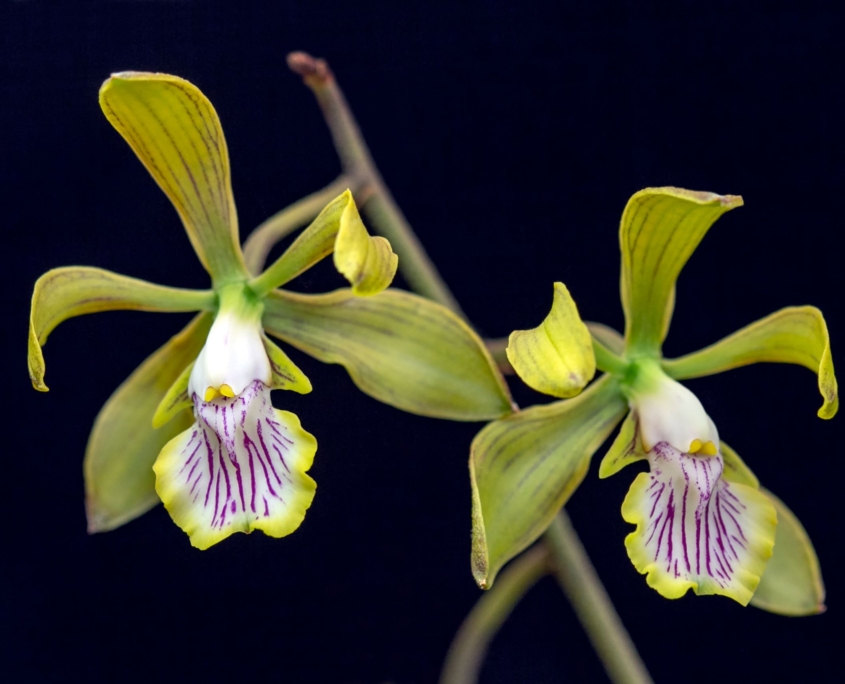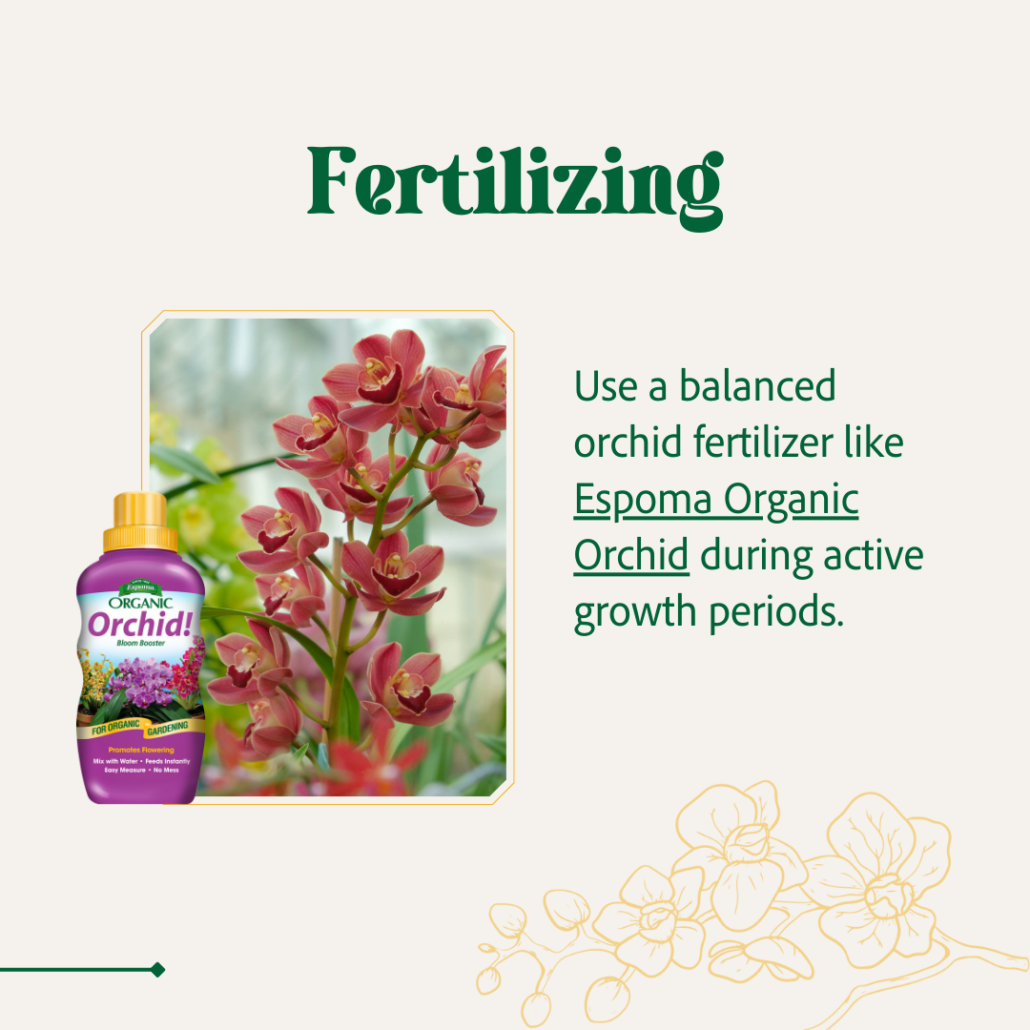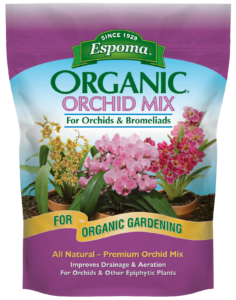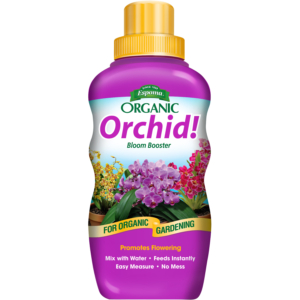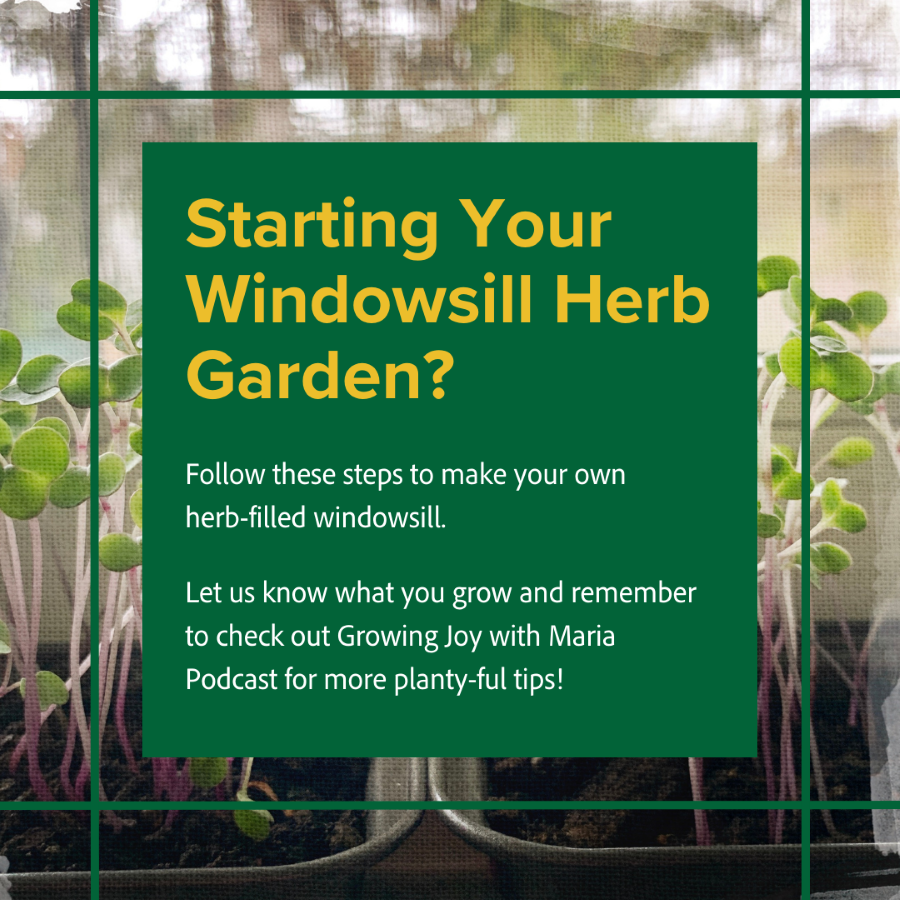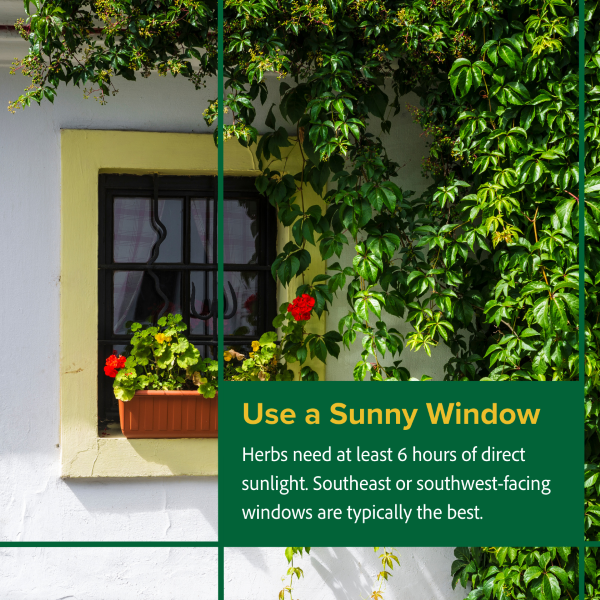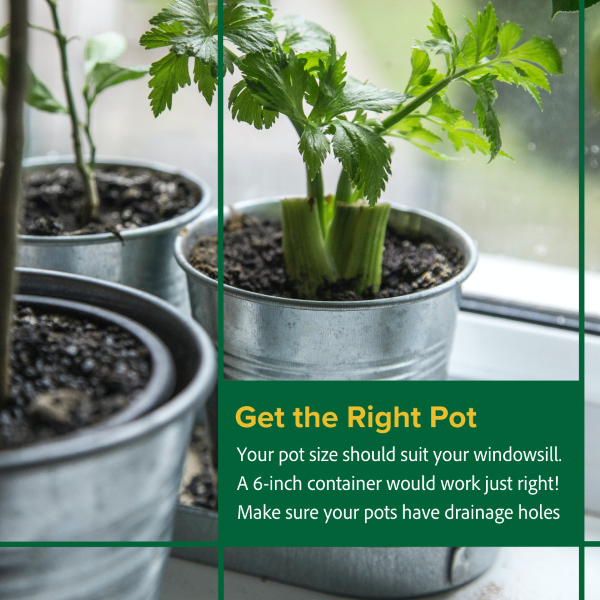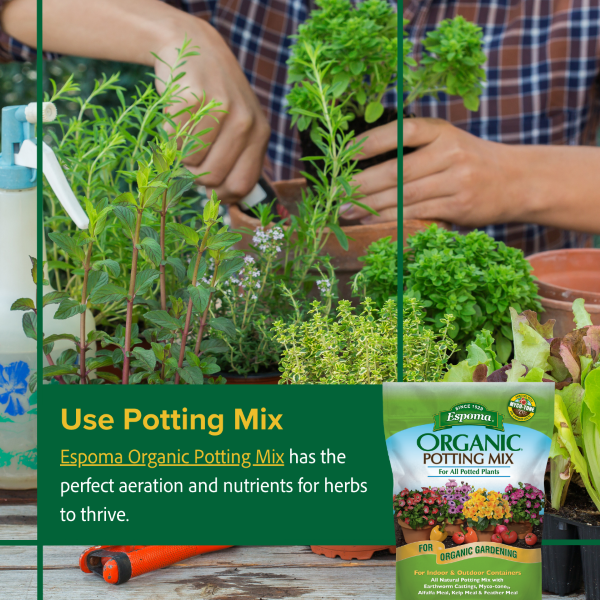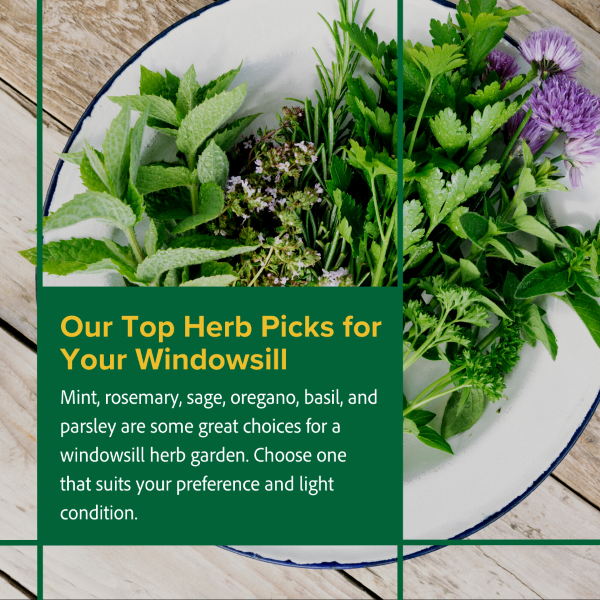Spending time gardening is so much more than just a hobby—it provides immense benefits for both your physical and mental health. Gardening allows you to connect with nature, get your hands in the soil, and relax outdoors. Plus, when you grow your own fruits, herbs, and vegetables, you can maximize the nutritional value of what you eat.
This blog is inspired by Episode 131 of Growing Joy with Maria Podcast, where host Maria Failla talks about how to get the most nutrition from your home garden with Dr. John La Puma, culinary and eco-medicine expert.
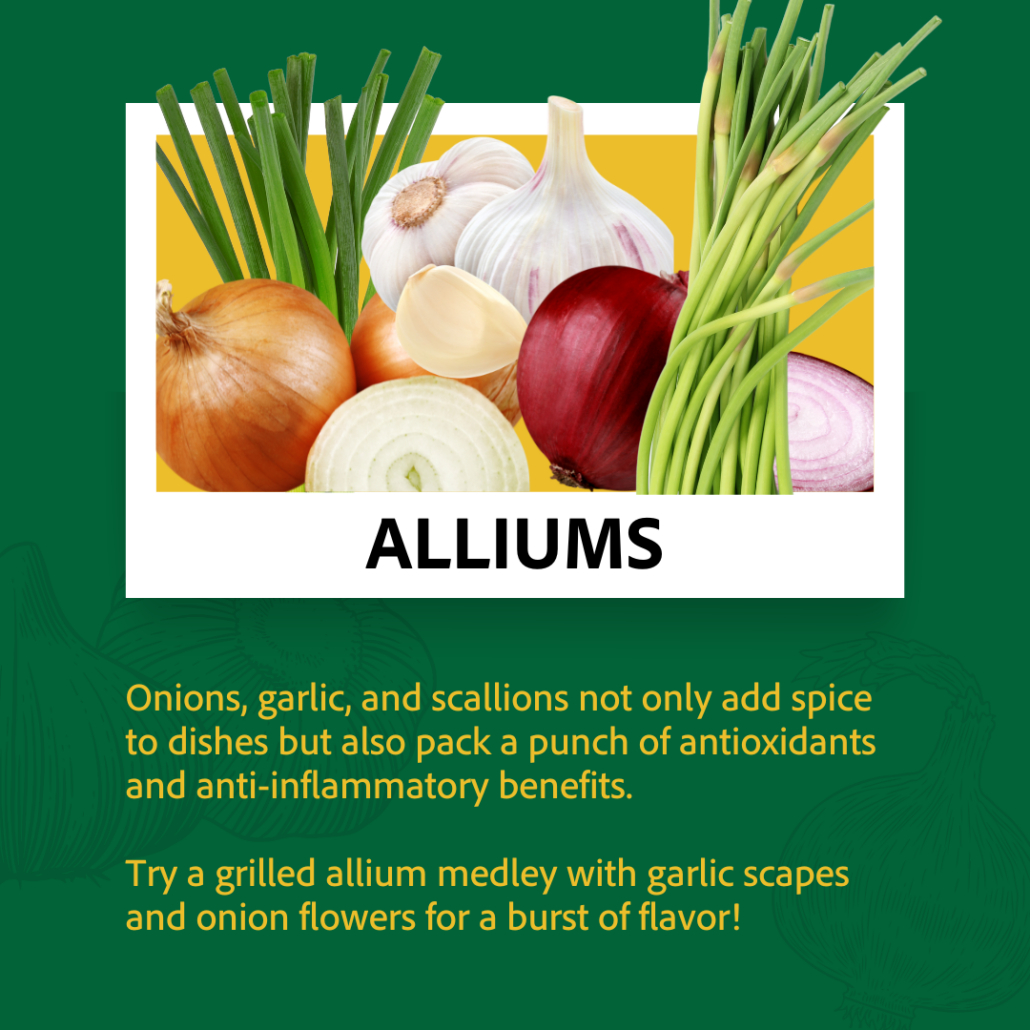
Extracting Nutrition from Common Garden Herbs & Alliums
It’s a common misconception that fresh herbs straight from your garden are more beneficial than dried herbs. Both are delicious and contain different nutritional profiles!
Fresh herbs like basil, oregano, and mint contain more vitamins, while drying herbs increases their concentration of antioxidants and anti-inflammatory compounds. For maximum benefit, Dr. La Puma recommends using both fresh and dried herbs in your cooking.
Try traditional practices like adding dried herbs early in the cooking process to allow the flavors to blend, then sprinkle fresh herbs in at the end for a nice finish. To help your herb garden thrive, Espoma Organic Garden Tone is a great fertilizer that provides balanced nutrition.
Looking for even more anti-inflammatory benefits from your garden? Alliums are powerhouses. Garlic, onions, leeks, and chives contain a compound called quercetin that fights inflammation. Eating alliums raw or lightly cooked gives you the most quercetin. Try sprinkling some snipped chives into your scrambled eggs in the morning for some added benefits!
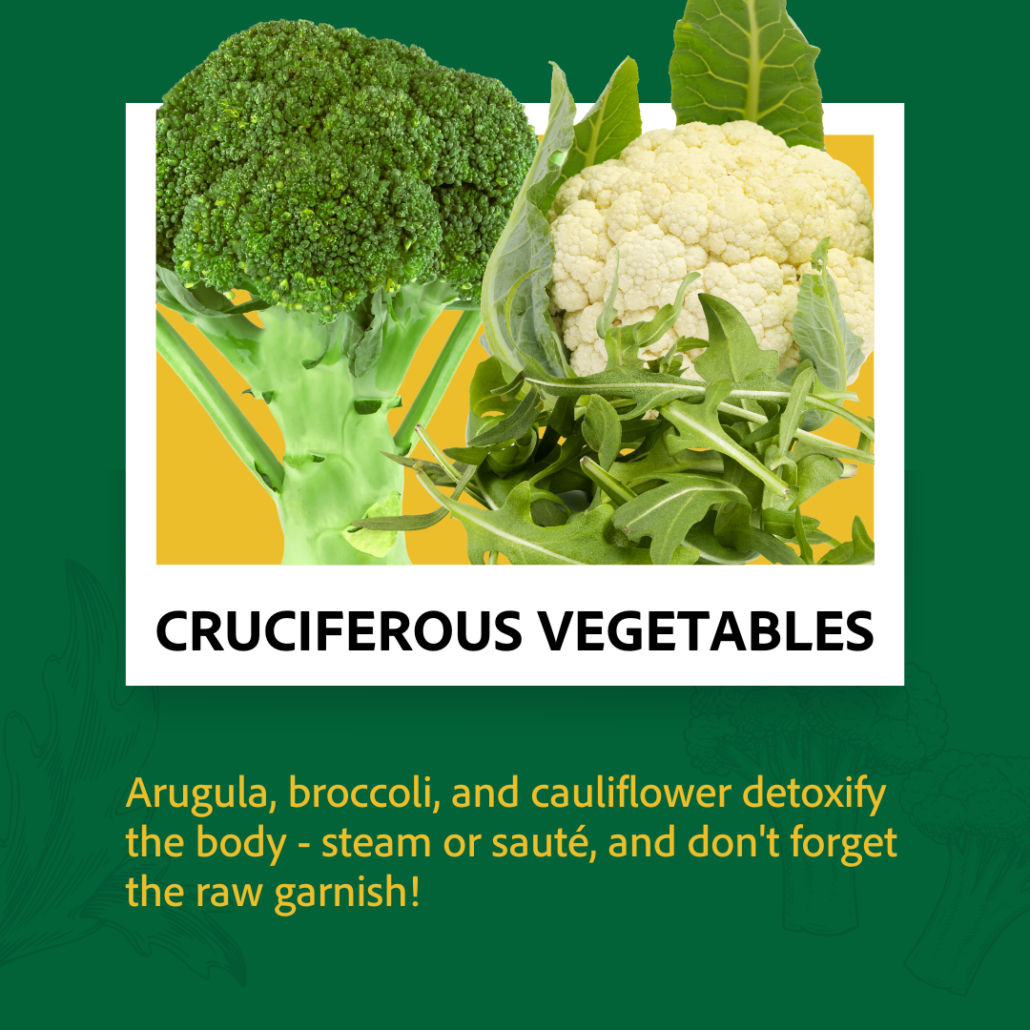
Health Benefits of Cruciferous Veggies
Cruciferous veggies like broccoli and cauliflower are very nutritious and great for detoxification, but cooking them can diminish some of their beneficial effects.
Dr. La Puma shared a simple trick—before cooking your cruciferous vegetables, shred some (a tablespoon or two) while still raw, and put it aside. After cooking, add the shredded raw veggies back into the dish. This helps to reactivate the enzymes that aid detoxification.
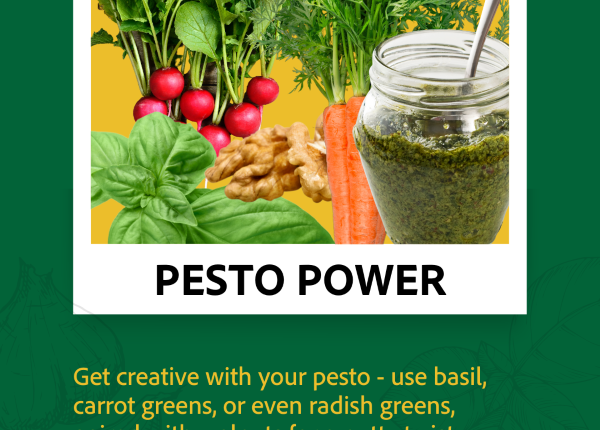
From Leaf to Root: Creative Ways to Use Leafy Greens and Root Veggies
Leafy greens like arugula are very nutritious. Arugula adds a peppery punch to dishes, so try whipping up some arugula pesto or tossing it over salads and sandwiches.
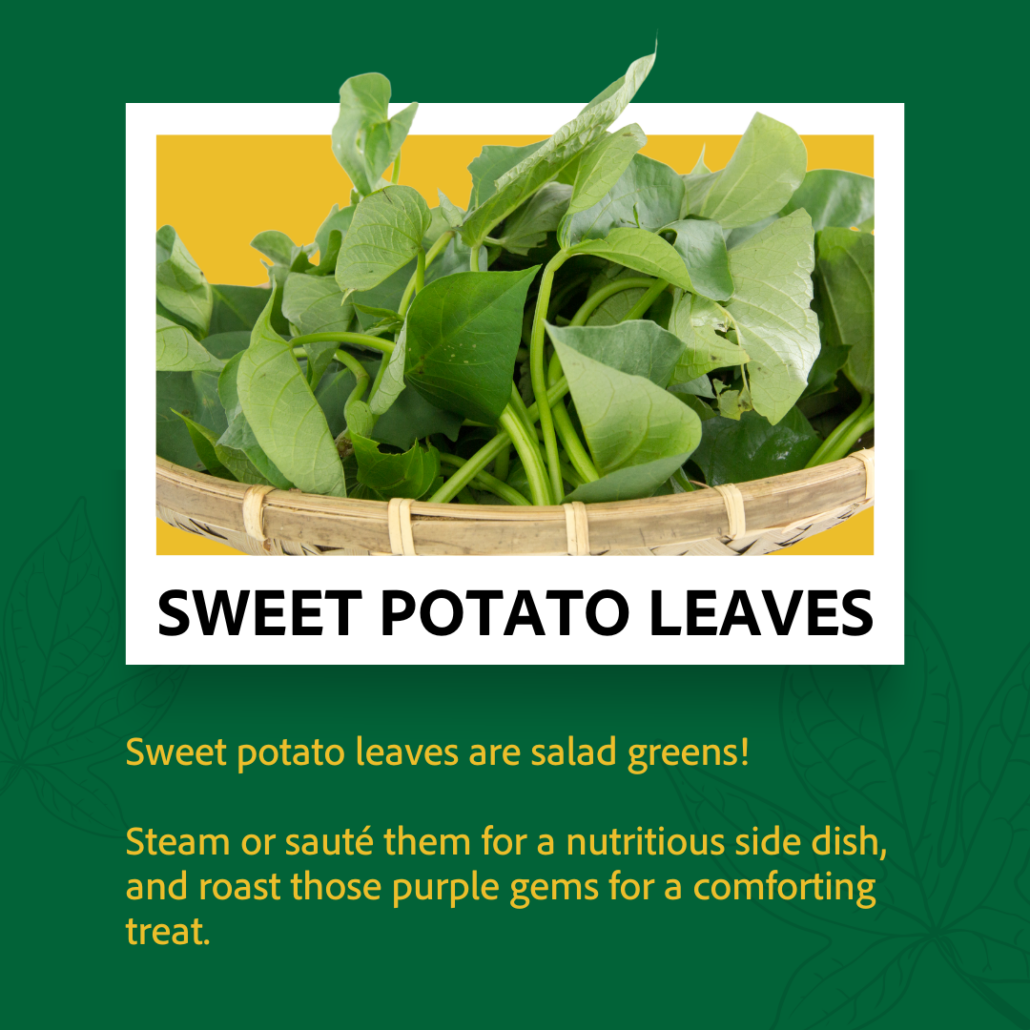
If you find your garden lacking in leafy greens, it may help to look where you least expect it—like your root vegetable harvest! Root vegetables like sweet potatoes are incredibly versatile, and their leaves are packed with nutrition. Treat sweet potato leaves like spinach. Simply steam or sauté them briefly as you would other hearty greens
Sweet potatoes themselves are also extra nutritious due to their vibrant color. For maximum nutrition and flavor, it is recommended to roast them whole and unpeeled at high heat. The skin contains valuable vitamins, adds texture to any dish, and you can toss it with some oil and spices like rosemary before cooking.
Discovering Your Comfort Nature
In addition to culinary medicine, Dr. La Puma’s latest work focuses on “comfort nature”—finding places in nature that you find particularly relaxing and restorative. He explains that just as we each have personal comfort foods, we also have unique comfort spaces in nature. This could be the beach, the woods, a pond, garden, or anywhere outdoors that makes you feel peaceful.
Connecting with nature provides profound benefits for both mental and physical well-being. If you can’t easily access your ideal nature space, bring elements of the outdoors in through natural light, nature sounds, and houseplants. Espoma Organic Potting Mix is a great way to give your plants healthy and nourishing soil. Houseplants are especially known to improve our well-being.
Additional Tips for Culinary Medicine at Home
Dr. La Puma shared several other useful culinary medicine tips:
- Brighten up dishes with visible garnishes of spices like cardamom and za’atar. Their flavors provide a burst of nutrients.
- Soak raw onions in apple cider vinegar to remove harsh, spicy edges.
- Pickled raw onions are delicious in salads and on burgers. The vinegar marinade counts as raw, so you get maximum nutrition.
- Easy herb plants for windowsill gardens include rosemary, thyme, and mint.
- Lettuce varieties like arugula and spinach grow well alongside cruciferous veggies like kale.
*****
The benefits of gardening and preparing delicious meals with your fresh-picked produce are immense. You can reduce stress, immerse yourself in nature’s beauty, and fill your body with vitamins, antioxidants, and anti-inflammatory compounds. So start growing your own healing garden to connect with the earth and enrich your health. And don’t forget to enjoy the journey because gardening and cooking should be creative, inspiring, and fun!
Featured Products:


